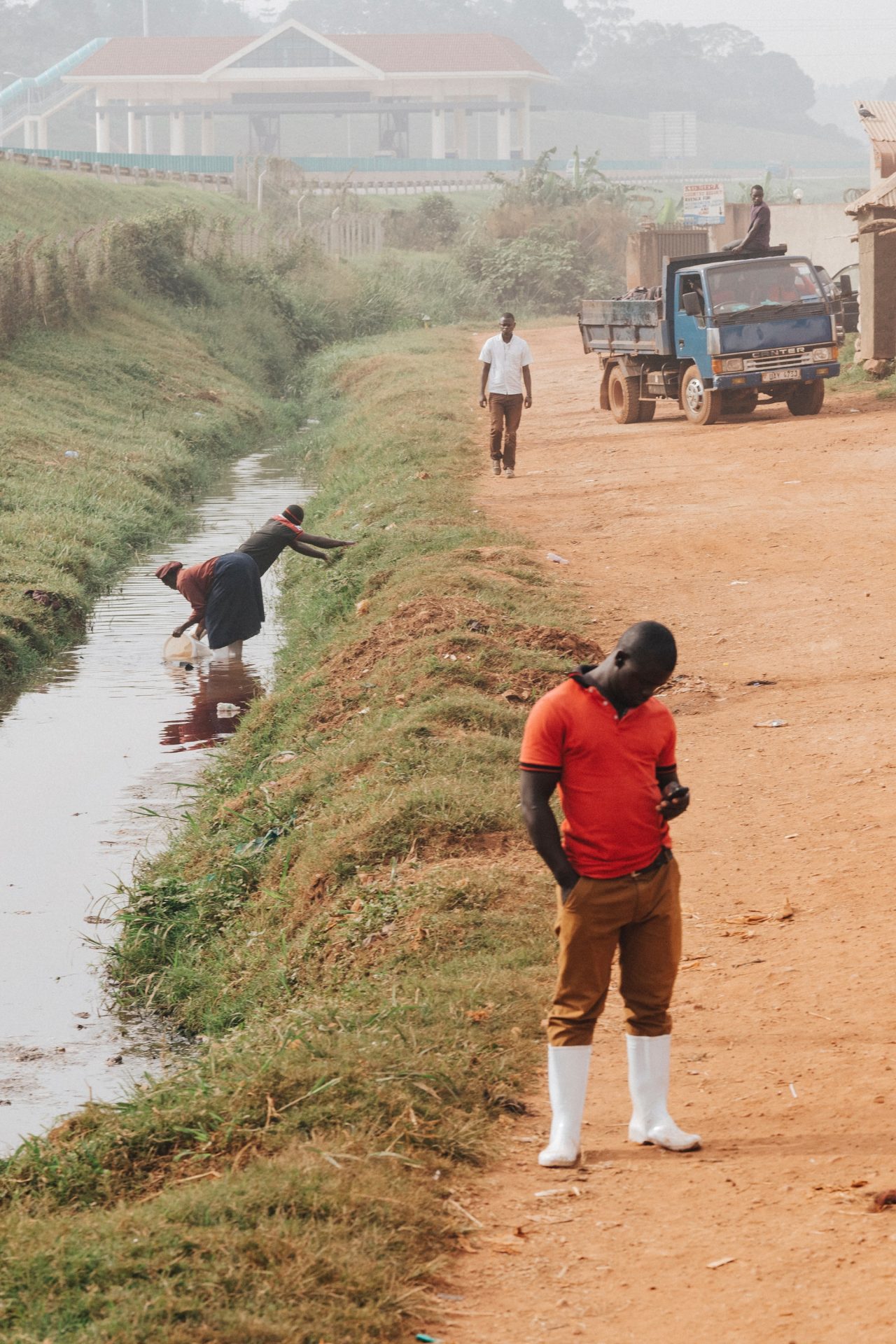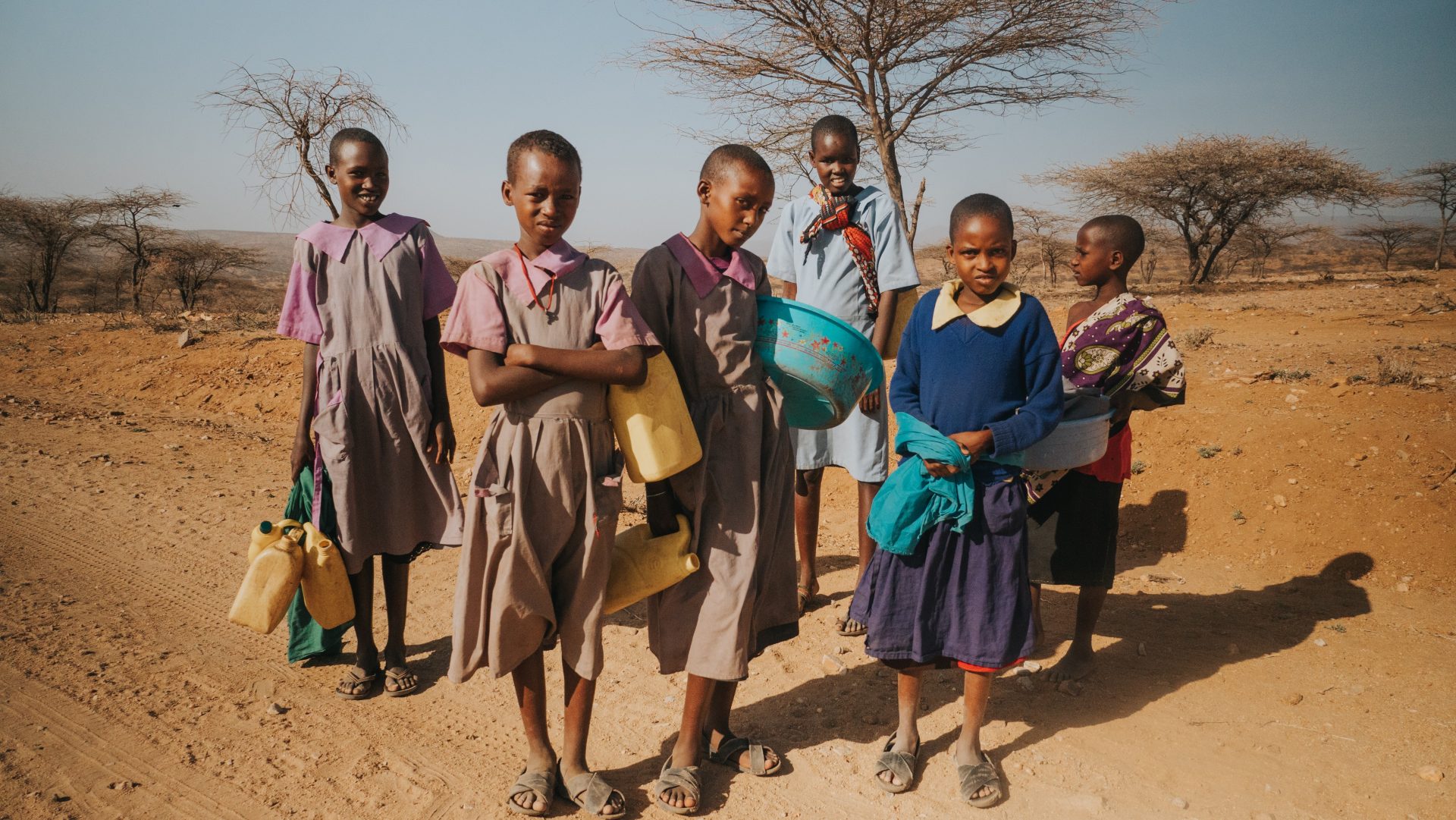Exclusively focused on low- and middle-income countries (LMICs), this report provides information on:
- the changing gender gaps in mobile ownership and mobile internet use;
- the smartphone gender gap and its impact;
- the changing barriers to mobile ownership and mobile internet use;
- the impact of mobile access and use on people’s lives.
The report also provides recommendations for mobile network operators, internet companies, policymakers and regulators, and the development community for addressing specific barriers.
Despite progress, over 300 million fewer women than men access the internet on a mobile, with regional variations. To close the gender gap, stakeholders should address the gendered barriers and implement gender transformative policies to address inequalities.

Addressing the mobile gender gap is an important way to contribute to the UN Sustainable Development Goals (SDGs), promote equal social and economic participation for women and ensure that gender inequalities are not exacerbated as connectivity becomes an increasingly important part of all our lives.
Handset affordability remains the primary barrier to mobile phone ownership for men and women. Lack of literacy and digital skills continues to be the main barrier to using mobile internet. Policies must address the affordability and usage barriers. Initiatives to reduce the price of devices and services for consumers must be implemented and supported. For instance, initiatives to subsidise handsets for marginalised populations in partnership with the private sector.
Public education institutions should include digital literacy components as part of the mainstream school curricula to close the gender divide in digital literacy and skills.
The developing ecosystem of digital apps and services must be designed in consideration of the needs, preferences and capabilities of women and girls.
Appropriate legal and policy frameworks that recognise digital harassment must be developed to tackle threats that prevent women and girls from accessing and using the internet safely.
As internet access becomes a gateway to new economic opportunities, government services and global information, there is a tremendous risk that the rate of women’s access is not keeping pace with new technology.





